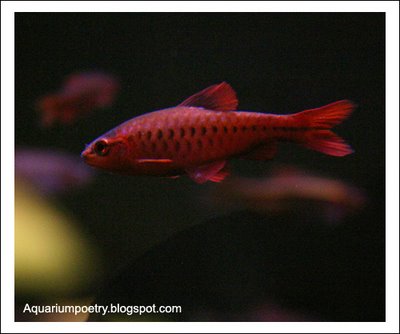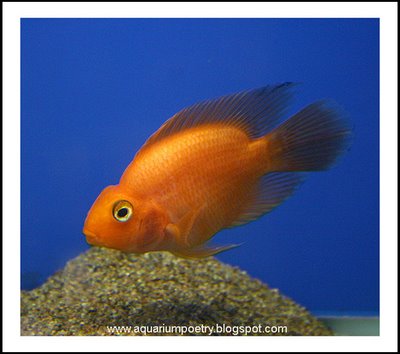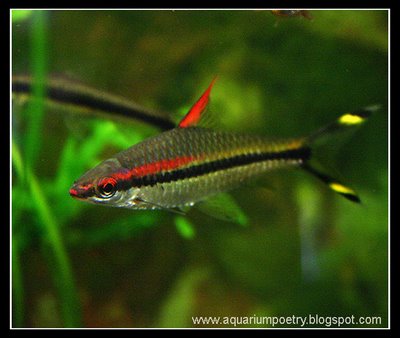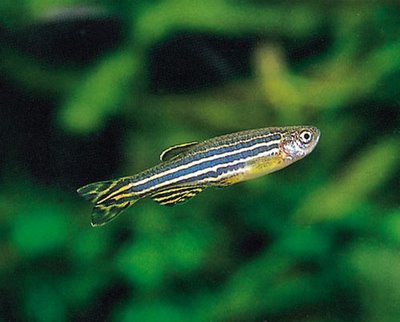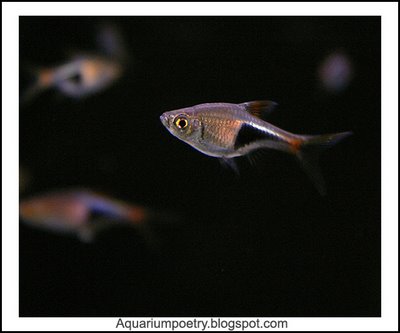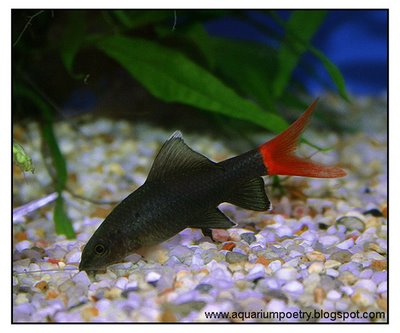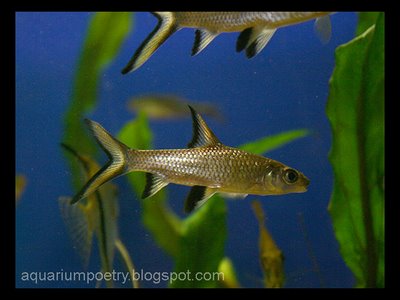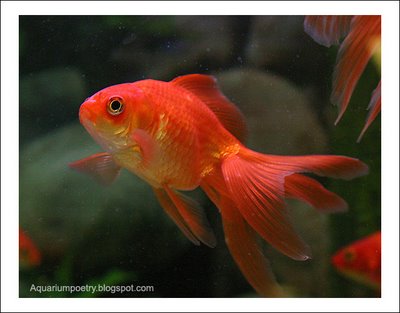
Not one of my favorite fish because of their aggressive behaviour, have to say, but do like to see a nicely designed full of stones,
African rift lake tank.
With these cichlids it is very important not to mix species that originate from different lakes. Not only do Lake Malawi & Lake Tanganyika fish have incompatible behaviour they also require different water condition, stocking levels and tank layout.
Lake Malawi cichlids need
rock-work that reaches nearly to the surface with a lot of caves as hiding places and areas for them to defend. Make sure to
silicon stones to each other otherwise the fish might undermine it and the structure might collapse and ruin your lovely carpet. This fish loves to dig so planting is almost impossible, almost. Some aquarists did it and it looks beautiful, but to achieve that combination
cichlids + plants you have to do a serious research.
Plants are not essential, algae are. They feast on them, so it is a good idea to
encourage algal growth.
Lake Tanganyika cichlids require more swimming space and will benefit from an area of open substrate in the centre of the aquarium with rock piles at either end plus a few strong plants like Vallisneria spp. and Cryptocoryne spp.
Important thing for the shell dwelling Neolamprologus brevis is to scatter a
few shells on the substrate as a home and a spawning site.
Both types of cichlids require very clean,
highly oxygenated water with temperature of 24-26 'C. Lake Malawi pH is
7.5-8 and Lake Tanganyika pH is
8-8.5--------------------------------------------------------------------------------
 Neolamprologus brichardi ( Fairy cichlid) is a well-known cichlid from Lake Tanganyika, which is easy to breed and so a good beginner fish for Tanganyika set-ups.
Neolamprologus brichardi ( Fairy cichlid) is a well-known cichlid from Lake Tanganyika, which is easy to breed and so a good beginner fish for Tanganyika set-ups.
Neolamprologus brichardi is a typical cave-breeder, so it needs many stones and caves. They create very big groups in the Lake, where the non-parents (the individuals not breeding at the moment) defend the territory of this big group. This is probably because a death of them is not so important as a death of a breeding-parent. If there appears any danger, the whole group will hide, and if often happens, that fries aren't in the cave of their parents but in a cave of another small family - but this doesn't matter for them.
This group-breeding behaviour you can see in your tanks too: After the parents have spawned, the fry are protected by them. When they spawn again, the juveniles are still welcome, they also take part in the care of the new fry. So the old juveniles are protected till they're about 3-4 cm. Then they will either join the group or swim away. If they have joined the group, they will create pairs later and spawn too. But in your tank you should remove the juveniles 3-4 weeks after the parents have spawned three times, because if the tank becomes overcrowded, the parents recognize this and won't lay so many eggs when they spawn the next time. This is a protection of nature. One pair of Neolamprologus brichardi can easily create so many juveniles, that after a time the whole tank is overcrowded by the species Neolamprologus brichardi. They start spawning at a size of 3-4 cm, then only a few eggs, but when they're bigger, they'll lay up to 200 eggs In nature the parents often only become 2-3 years old, because there is too little food, but in tanks they can become older.
Note; parental parents will defend a territory about 45 square cm, and are quite capable of killing tank mates unwilling or unable to respect these limits.
Males grow up to 9 cm and females are little smaller.
Photos by Dusko Bojic
 Boraras maculatus
Boraras maculatus Photos by Dusko Bojic.
Photos by Dusko Bojic.

